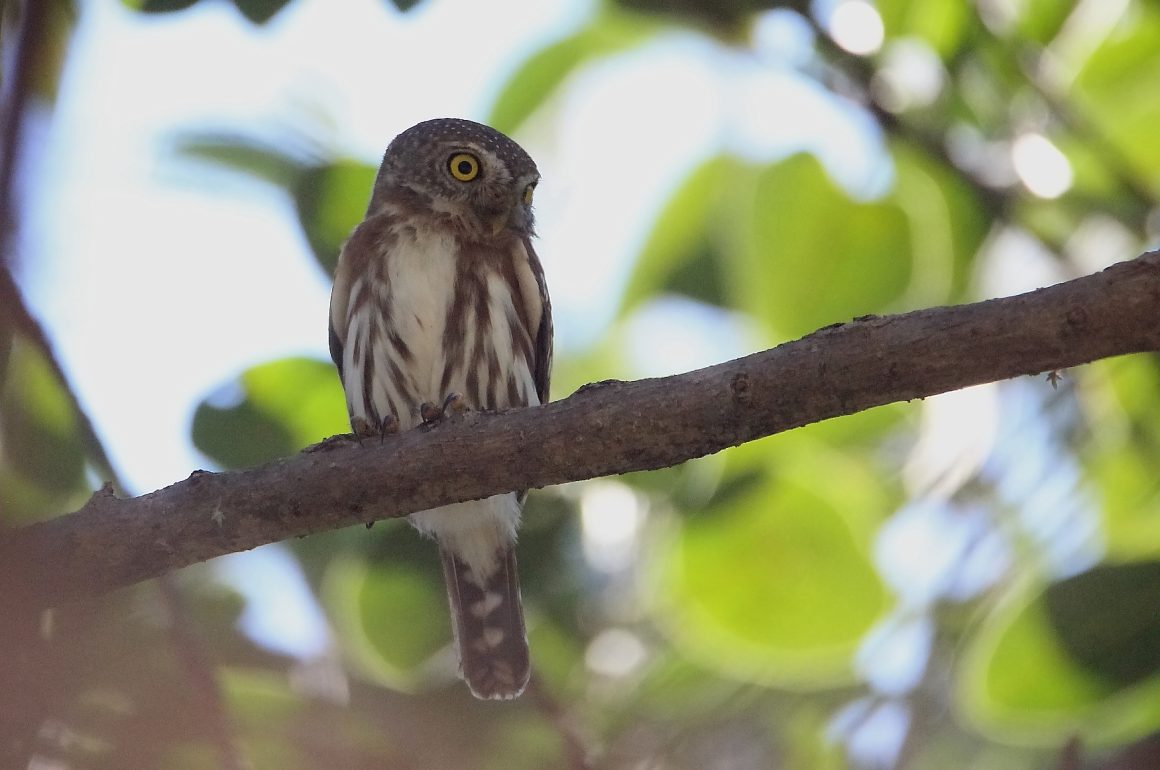
While I have picked up 26 lifers so far this year, all but seven have been from outside of Mexico, and only two have not involved air travel. After 10+ years of birding the area around my home in Morelia, it has become very difficult to pick up new species here. (I also found two in 2022, and only one in 2023.)
So it was a bit of a shock to pick up my second Michoacán lifer for the year just last week. Not that I was totally without hope. My ornithologist friend Jonathan Várgas had explored an area just uphill from my beloved site of Paso Ancho, Michoacán, and had seen an endangered Black-capped Vireo wintering there, as well as a somewhat out-of-range pair of Great Black Hawks. Either of those would have been lifers for me, although they were not for Jonathan.
We spent much of the morning exploring further this new area, mostly trying to locate the elusive Black-capped Vireo again. By the early afternoon, it was pretty clear that was not to be, and it was almost certainly too late to find the Great Black Hawks. Still, the birding had been good, the December weather was very pleasant for this normally hot region, and we were enjoying the tall green forest, quite different from the Paso Ancho thorn forest habitat only three kilometers away.
Then, we heard what was clearly a Pygmy-Owl call. I almost expect to hear and see Ferruginous Pygmy-Owls in Paso Ancho. They have the charming habit of accepting me as one of their own, eagerly responding to my own whistled toot-toot-toot-toot-toot-toot-toot-toots. But I never toot less than eight times; the Ferruginous Pygmy-Owl toots between eight and twenty times with each call.
This Pygmy-Owl, however, tooted only two or four times, much more tentatively than the more aggressive Ferruginous call. And it also sometimes gave a long fluty trill before its slow toots. Jonathan, more versed in tropical birds, said excitedly, “Colima Pygmy-Owl!”
The Ferruginous Pygmy-Owl‘s scientific name is Glaucidium brasilianum, because it can be found from Arizona and Texas all the way to Brazil and beyond. It can be found in many habitats and elevations, including within the city of Morelia. In contrast, the Colima Pygmy-Owl can only be found in southwestern Mexico. It favors hiding out in dense woods, and is much harder to visually locate than its Ferruginous cousin. For every Colima observation on eBird, there are 45 Ferruginous observations. I had, needless to say, never before seen a Colima Pygmy-Owl.
And I almost didn’t see it this time. As it trilled and tooted, we anxiously searched for its exact location. Eventually, Jonathan managed to see it. But I was stuck on an area just to the left, and couldn’t seem to grasp his instructions regarding the dense collection of branches where it was located. Until, finally, I did. And by that time, we had heard its mate trilling and tooting nearby.
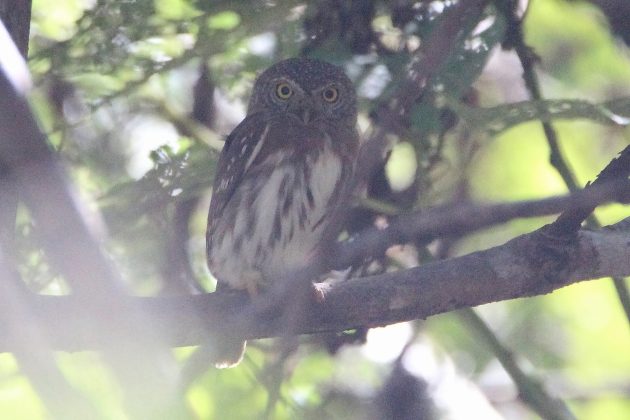
Visually, it wasn’t that much of a revelation. Other than their calls, the main difference between the two species is that the Ferruginous Pygmy-Owl (which I have reported 56 times) has white stripes on its crown, while the Colima Pygmy-Owl has white dots. It is, at 5.7 inches/17.8 cm, also 20% smaller than its more common relative. But that, of course, is hard to judge in the wild.
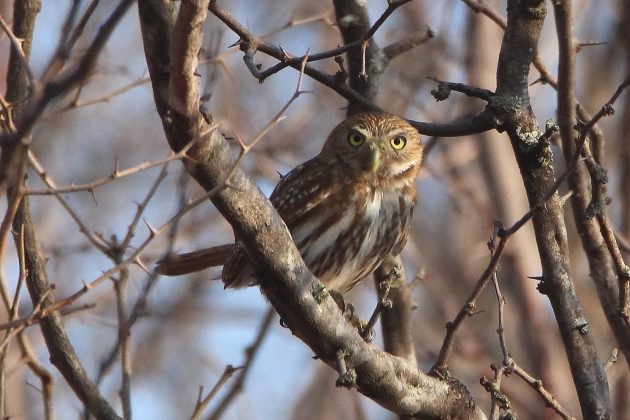
Ferruginous Pygmy-Owl
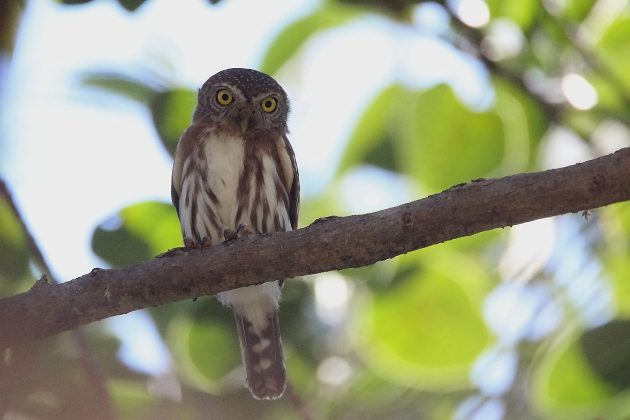
Colima Pygmy-Owl
Still, knowing that our finding was only the tenth for the entire state of Michoacán, and only the second one with photos, made this a big deal. A big deal, with a very small owl.
Of course, even the best sighting is never the only pleasure of a day of birding. Shortly after our owl encounter, I spotted a Hook-billed Kite. This was the first experience for either of us of this species perched, rather than flying. On a branch, it looks very different from how it looks on the wing.
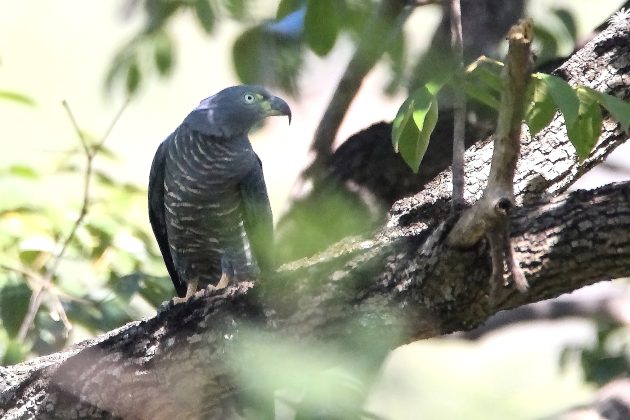
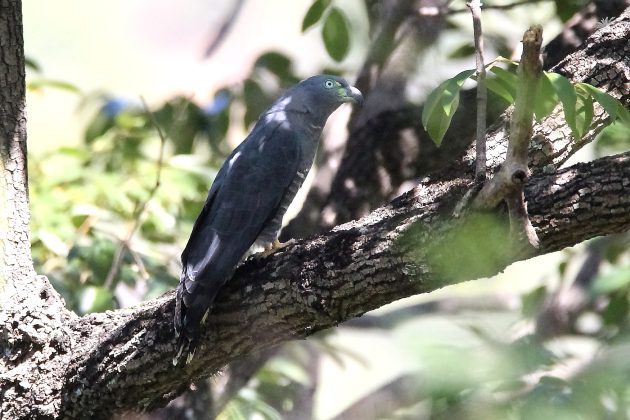
There were many, many hummingbirds present, from six different species. Here, a pair of Lucifer Hummingbirds challenged a larger Plain-capped Starthroat.
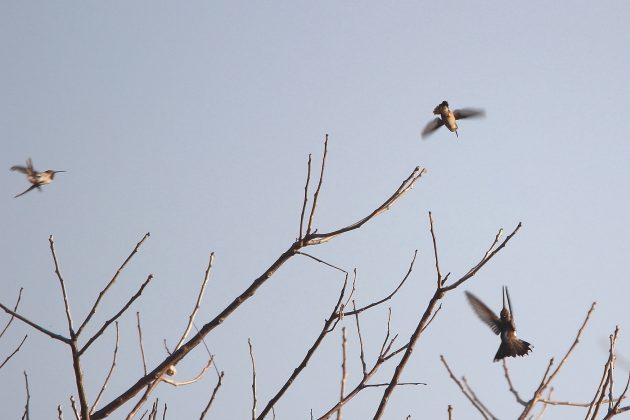
A Violet-crowned Hummingbird tried to pass as a penguin with a soar neck.
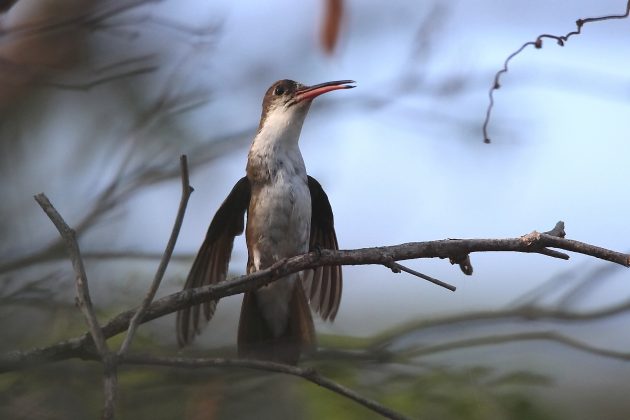
Golden Vireos, an Elegant Euphonia, and many Orange-breasted Buntings showed off their finest colors. Although I don’t understand why that last name features the color orange, rather than yellow and blue.
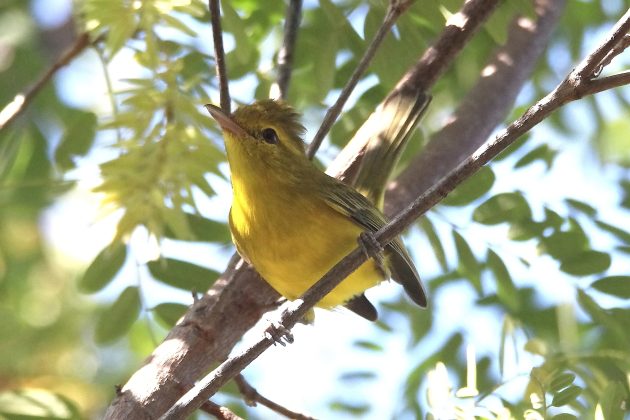
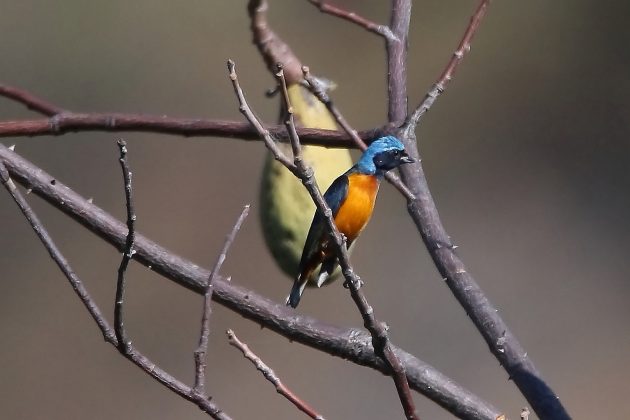
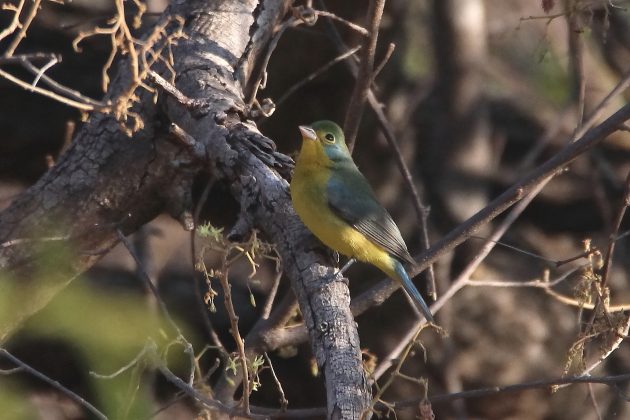
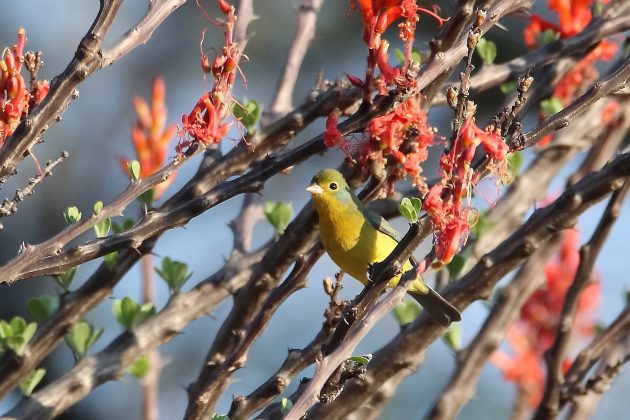
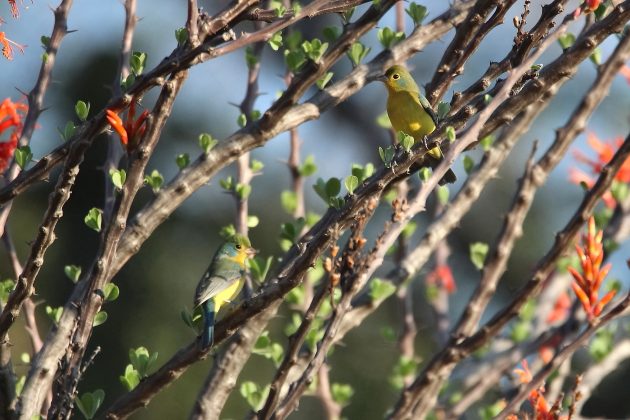
Hey, even the Black Vultures put on a show.
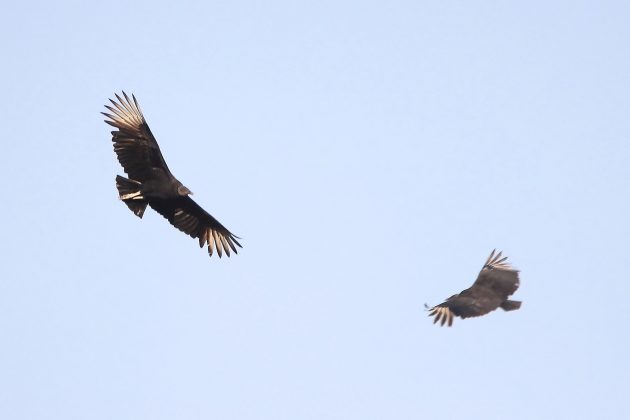
We also saw one of the weirdest bugs I have seen here in Michoacán. Apparently it is from the long-horned beetle family.
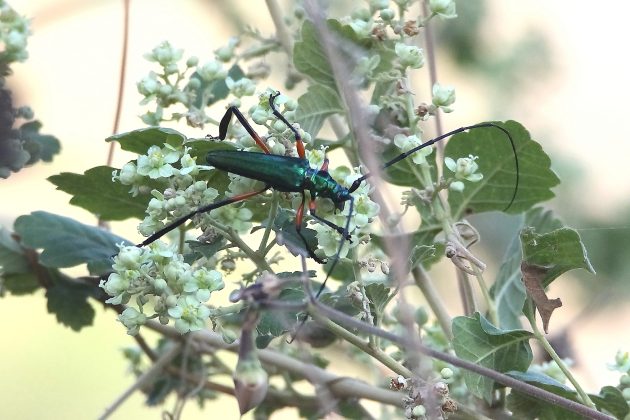









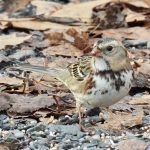
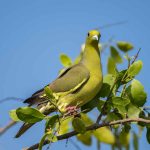


Somehow, these owls look all the same to me – but that does not stop me from wanting to see every single one of them …
Congratulations with the little lifer – every tick is the same size!